Spilanthes, Kenyan (Acmella calirrhiza), packet of 30 seeds, organic
$3.95
Hardy to zones 8 to 11, otherwise grown in pots and brought in for the winter, protected from frost.
Family: Aster (Asteraceae)
Miniature creeping perennial found originally in the highlands of Laikipia province near Mount Kenya. Typified by succulent red stems, aerial rootlets and tiny yellow coneheads with radiating yellow petals, the plant is a joy to taste, cultivate, and simply have around. Traditional usage (upcountry tribes, Kenya): gum disease and toothache, malaria, water purification. Plant prefers moist to sodden soil in sun to part shade and is an excellent grass competitor. Easily grown in garden, greenhouse or in a pot on a sunny windowsill. Sow seed in a warm greenhouse, sunny windowsill or outdoors in the spring. Barely cover and keep warm and evenly moist until germination, which occurs in 1 to 3 weeks. Pot up individually to gallon pots or larger or thin to 6 inches apart. Kenyan Spilanthes will grow only a few inches tall, so it is quite possible to encourage as a companion underneath a larger, more upright plant (a basil or rose geranium, for example). Gallery photos show the plant in the wild in Kenya, growing in a marshy area along with grasses, also in cultivation.
30 seeds per packet, certified organically grown
In stock

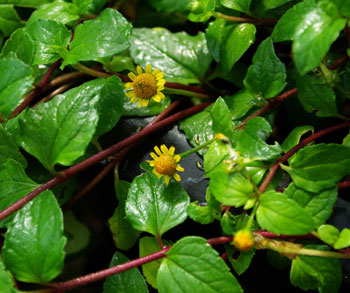
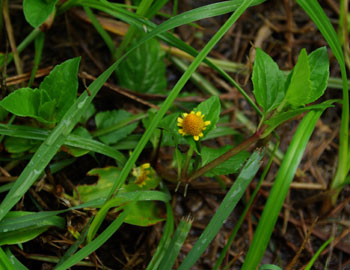
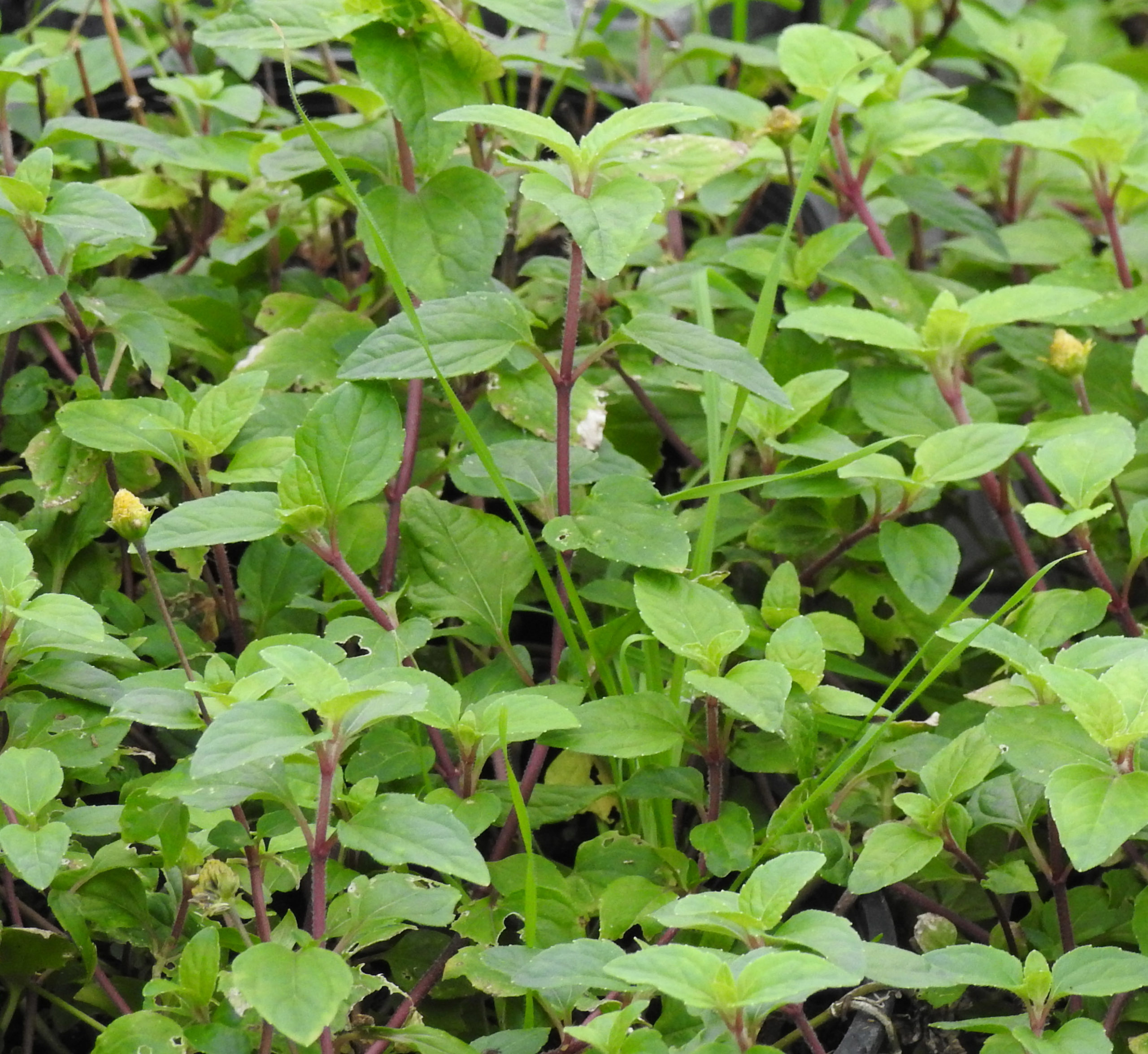
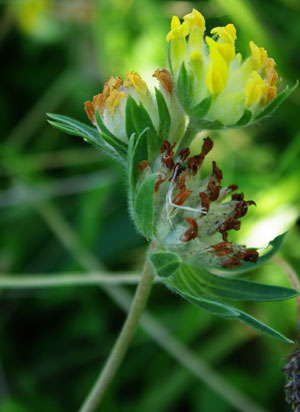
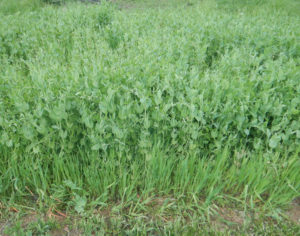


Question
Zan –
Aloha,
Would you consider this more mild of a spilanthes? I have 2 varieties already that are a little too intense for me. Thanks
Upvote if this was helpful (0) Downvote if this was not helpful (0) Watch Unwatch Flag for removal
Richo Cech –
hello zan, i just had one of the kenyan buttons today and it seemed maybe a bit milder than the usual, or perhaps just a smaller dose because. . . its smaller. anyhow a coupla ideas. one, eat the leaf instead of the flower. it is definitely milder. two, cook it. spilanthes is often eaten in soup and it is flavorful, and the heating reduces the alkylamide reaction. 3, compound it with other herbs in tincture form. spilanthes combines particularly well with cilantro or corriander seed, and if you have it in tincture, you can add according to taste–1 part in 10, whatever. read “making plant medicine.” richo
Upvote if this was helpful (0) Downvote if this was not helpful (0) Flag for removal
WeatherMan (verified owner) –
Just wanted to say I planted these last year and they’re popping up now… I’m zone 9a so makes sense, but still surprised it survived under snow and low 20’s with no greenhouse. Hardy and pretty looks great drooping from terra cotta pots… Will be popping more seeds this weekend! – Thanks!
Upvote if this was helpful (0) Downvote if this was not helpful (0) Flag for removal
Richo Cech –
hi! yes, the seed germinates rapidly in warm conditions and the plants can overwinter as rudimentary rhizomes, then come on again, although they are usually winter killed in the colder zones. richo
Upvote if this was helpful (0) Downvote if this was not helpful (0) Flag for removal
curious –
hi there!
when is the best time to harvest this variety of spilanthes flower—any visual markers you look for?
Upvote if this was helpful (0) Downvote if this was not helpful (0) Flag for removal
Richo Cech –
Hi Curious, Thanks for contacting. Actually, yes, it is when the ray flowers extrude from the central disk that the flower is at its peak. Before that–immature. After that–put its energy into seed production. Take the middle ground when the flowers are prime. Richo
Upvote if this was helpful (0) Downvote if this was not helpful (0) Flag for removal